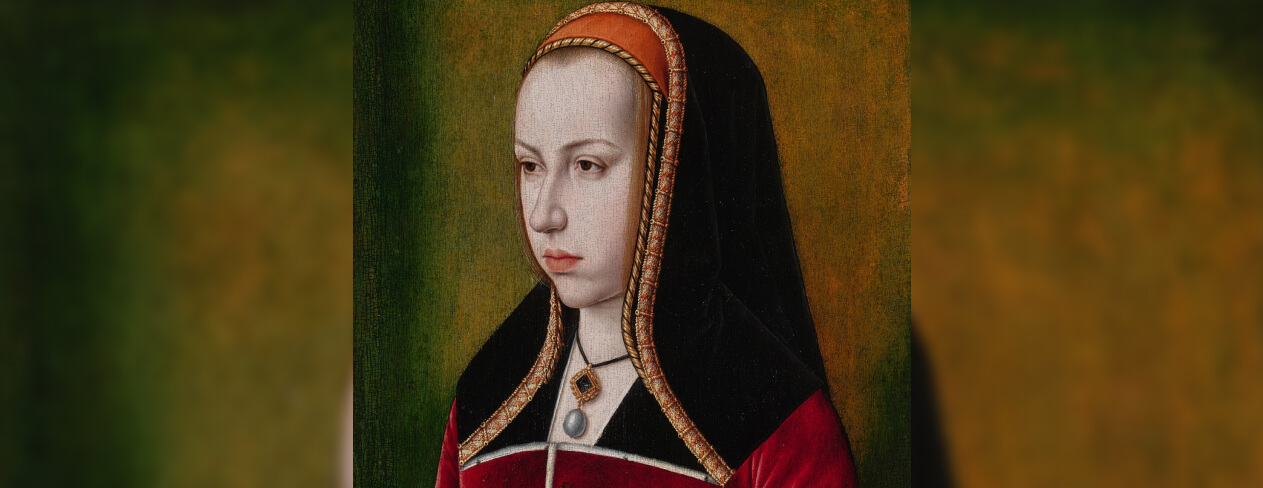
Archduchess Margaret of Austria was born on 10 January 1480. She was the daughter of Emperor Maximilian I and Mary of Burgundy, the sister of Philip the Handsome, and the aunt of Emperor Charles V.
In her youth, Margaret was a pivotal figure in the Habsburgs’ marriage policy. Her first arranged marriage, to Charles VIII of France, remained purely formal and was never consummated. Her second and third husbands, Juan, Prince of Asturias, and Philibert II, Duke of Savoy, both died within only a few months or years of marriage. None of these unions produced children.
In her mid-twenties, Margaret’s life took a decisive turn. Following the death of her brother Philip, she became the guardian and educator of his orphaned children, including six-year-old Charles, the future ruler of the Netherlands and Holy Roman Emperor. At the same time, her father, Maximilian, increasingly focused on German affairs. In this complex political situation, Maximilian made a historic decision that addressed several challenges at once: he appointed Margaret as the governor of the Netherlands, entrusting her with significant responsibilities.
In her new role, Margaret demonstrated exceptional political acumen and diplomatic skill. In foreign affairs, she served as a negotiator and peacemaker, while in domestic matters, she promoted trade and acted as an intermediary between her subjects and her father, the emperor. She was also a great patron of the arts and an avid collector of books.
Margaret fulfilled these duties with great success for the next twenty-five years—first on behalf of her father, Maximilian, and, after his death in 1519, for her nephew, Charles V. Her political career became a model for her successors. After her death in 1530, her niece, Mary of Hungary, succeeded her as governor, a position later held by Charles’ illegitimate daughter, Margaret of Parma.
Access to the Metatext via placing an order for an augmented product. See Terms of Use